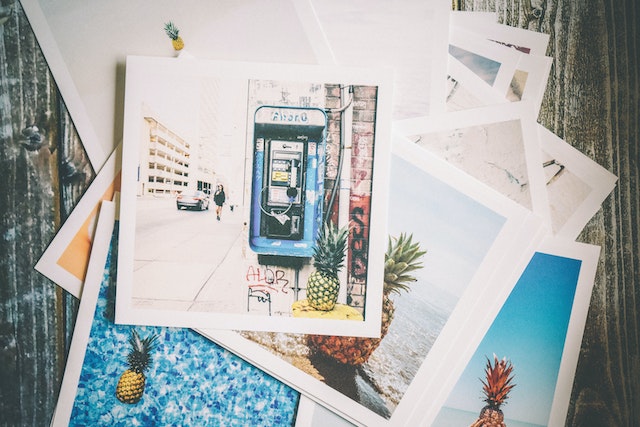What Printing Techniques are out there?

Printing techniques come in many forms, as many would like to believe, it is not quite as simple as pressing “print” and letting it do its job (well maybe sometimes). That’s why we have dedicated craftspeople who after years of specialised expertise and are able to create incredible results.
Print processes differ based on the type of product. Here are a few examples:
Delve into the printing world below:
Full-colour printing –
Often called ‘four colour’. Among the most commonly used printing types, full-colour printing stands out. You might be familiar with it when your home or office printer runs out of cyan and it’s forcing you to replace the whole toner cartridge. Full-colour print is made up of four colours; Cyan, Magenta, Yellow and Key colour (otherwise known as black). The biggest downside of four-colour printing is that the colours may sometimes appear flat and/or lifeless, this is where specialised colours like Pantone make an appearance. This brings us to the next type.
Spot-colour printing –
Otherwise known as special printing. Spot colour printing is used on a maximum of 3 different colours per area. Most commonly used for stationary. It works in a very similar way to full-colour printing except that you specify the colours using a matching system. In other words, mixing two colours to achieve the desired outcome. This is also how you can achieve specialised Pantone colours which makes the colour “pop” unlike its cousin full-colour.
Fifth colour –
In simple terms the fifth colour is used to match the required colour as closely as possible, of course, a colour can never have an exact match for a variety of reasons, the main ones being the paper finish and coverage. Fifth colour printing can create metallic and neon colours, as well as a clear (almost varnish-like) finish which can bring the colour to life giving it a 3D-like effect. This type of print can be achieved by passing it through the press twice, however, some of the more modern printing companies will have machinery which is able to print in 5 colours.

Litho or aqua or in-line seal –
This is not so much a printing technique as such but more of a seal to keep your print protected from any bleeds in an event of going out on a rainy day. It’s different to laminating or varnish as it doesn’t have a thick layer of protection against mother nature but it does provide some and it is near enough invisible.
Digital and large-format printing –
I’m sure you may have seen books and billboards in your time. These were most likely done by this particular printing techniques process. It is very similar to your regular four-colour printing however the main difference is the quality of the print. Going up close to a billboard you may notice that it doesn’t look quite as glamorous. The other big difference is the speed and cost. Digital printing is one of the fastest if not the fastest form of printing. Commonly used by authors, rather than having a warehouse full of book copies, digital printing allows them to print as required with no real-time penalties. What about the special print you ask? With technology evolving some newer types of printers can use spot colour, overprinting techniques and even metallic effects.
Screen print –
T-shirts, hoodies, and most fabrics are typically printed with screen printing. By burning separate sections or “colours” of the design onto the screen, the screen is set up, making it possible for the ink to seep through to the product. Personally, I’m a huge fan of screen prints due to the process being incredibly satisfying whilst giving beautiful results. There are multiple techniques that can be used during the process including a gradient of colours. You can even use up to 8 screens to re-create a realistic image with just base colours.
Among the remaining printing techniques, there are debossing, foil blocking, letterpress, flexography, mini-webs, and web printing. It’s important to familiarise yourself with those in order to avoid any future surprises but don’t worry, we can help there.
The type of print you choose can affect the whole dynamic of your product and brand therefore it’s recommended that you check if these certain processes match the message you are trying to convey.
Check out our merchandise finder to explore different products we can source and print for your business.
